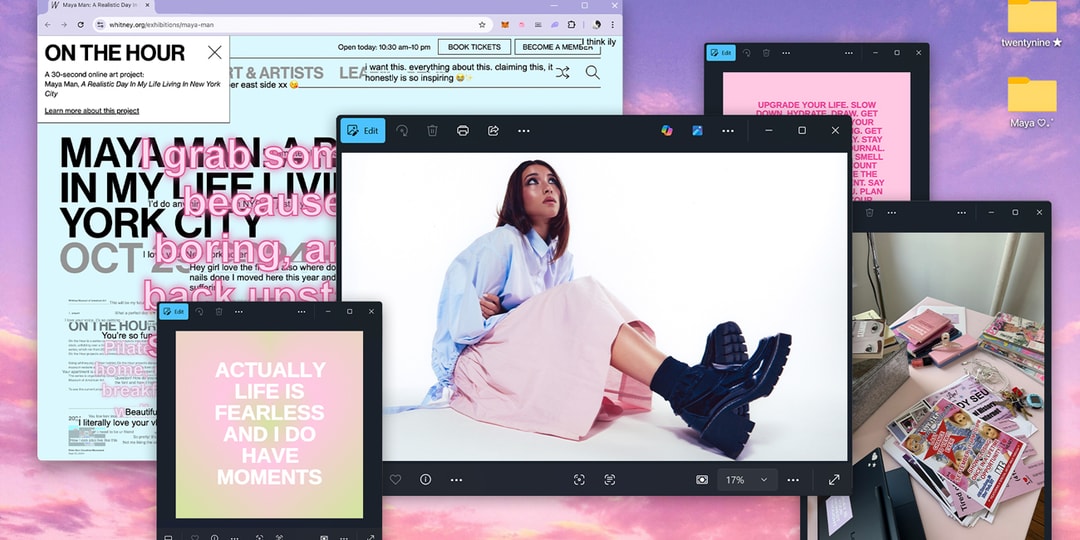
"twentynine magazine, created by artist Maya Man (@mayaontheinternet) and designer Isabelle Lalonde (@BeepyBella), reimagines the glossy world of fashion editorials and advertising through the lens of AI. The publication, supported by Lenovo and Intel's Make Space initiative, transforms familiar magazine tropes into surreal reflections on femininity, media illusions and the performance of self. At its core, the project questions how we construct and consume beauty while pushing the boundaries of digital art."
""Generative AI models, given how they are trained, are essentially a warped mirror of what already exists in the world," she explained. "It was fascinating to use AI to try to produce a genre of imagery that I've spent basically my entire life consuming: advertising." By fine-tuning models on her own likeness, she blurred the line between aspirational image and digital identity, probing just how malleable self-presentation can become."
"Working with AI didn't simplify her creative process. Instead, it complicated it in meaningful ways. "I think what's most surprising about working with AI as an artist is that it doesn't really alleviate labor for me," Man admitted. Instead of serving as a shortcut, the process became labor-intensive, demanding patience and intent. She described it as both frustrating and rewarding: a way to surface the hidden biases of the technology while bending it toward her own artistic goals."
twentynine magazine reimagines fashion editorials and advertising through AI, turning familiar magazine tropes into surreal reflections on femininity, media illusions and performed identity. Generative AI models function as a warped mirror of existing cultural images, and fine-tuning models on a single likeness blurs the line between aspirational imagery and digital identity. Using AI increased labor rather than reducing it, creating a process that demands patience, intention, and exposes technological biases. Collaboration with a designer and use of specialized hardware introduced material and object-making dimensions, expanding the project's interrogation of how beauty and self-presentation are constructed and consumed.
Read at Hypebeast
Unable to calculate read time
Collection
[
|
...
]